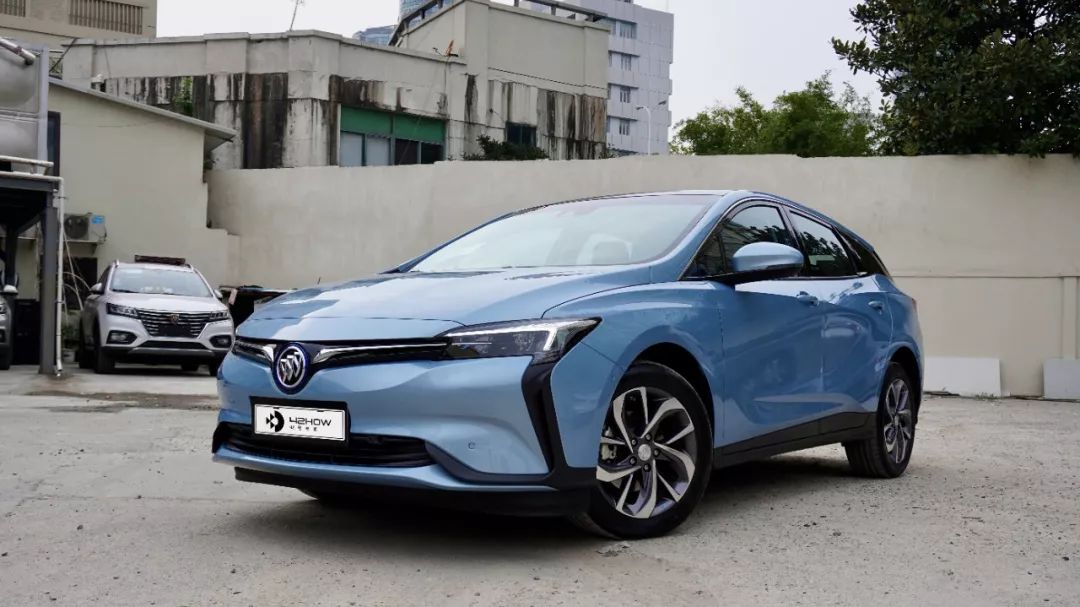For families with home charging conditions, choosing a high-quality pure electric vehicle as their second car is the most suitable option. Not only can an electric vehicle provide an excellent driving experience, but it can also significantly reduce the cost of vehicle use and maintenance.
However, range anxiety and safety concerns have always been lingering worries. If it were a gasoline car, people might say, just buy a joint venture brand car, hassle-free. But what about electric cars? The impression I have of joint venture brand electric vehicles is that they are products that follow trends and are rushed to market, without strong competitiveness, especially in terms of range.
But with time, this phenomenon is gradually changing.
Recently, Buick launched the long-range version of the VELITE 6, now called the Velite 6 Plus, with an NEDC range of 410 km. This also marks the official entry of joint venture brand car models into the mainstream range level. Therefore, we plan to verify the product strength of joint venture brand pure electric vehicles at the end of 2019.
Now let’s talk about a few things that left a deep impression on me in the actual test:
-
This is currently the joint venture brand with the longest NEDC range, with a solid urban range in actual testing.
-
Under the same charging conditions, the peak charging power of the Buick Velite 6 Plus can reach more than 80 kW, exceeding the mainstream level (with the same battery size) of 60 kW for the same level of car models.
-
The Buick Velite 6 Plus comes with high-end navigation maps and NetEase cloud music, as well as support for Carplay and CarLife, offering a rich set of choices for car owners.
-
The kinetic energy recovery mode of the Buick Velite 6 Plus is very rich, allowing friends accustomed to driving gasoline cars or electric cars to find a driving mode that suits them.
-
The ride comfort and brake feel of the Buick Velite 6 Plus are excellent.
Now let’s take a look at the parameters of the Buick Velite 6 Plus:
-
Length, width and height: 465018171510 mm
-
Wheelbase: 2660 mm
-
NEDC range: 410 km
-
Battery capacity: 52.5 kWh
-
Battery pack energy density: 140 Wh/kg
-
Motor power: 110 kW
-
Motor torque: 350 N-m
After looking at the basic parameters, let’s first verify what everyone is most concerned about: How is the range?
Solid urban range, surprising charging speedWe tested the high-speed range and city range of Weilan using the 42Test standard. The final results showed that the high-speed range is 341 km with an average speed of 100.7 km/h, and the city range is 482 km with an average speed of 32.6 km/h. The results exceed the NEDC standards, and the power consumption is well-controlled, which will be further analyzed.
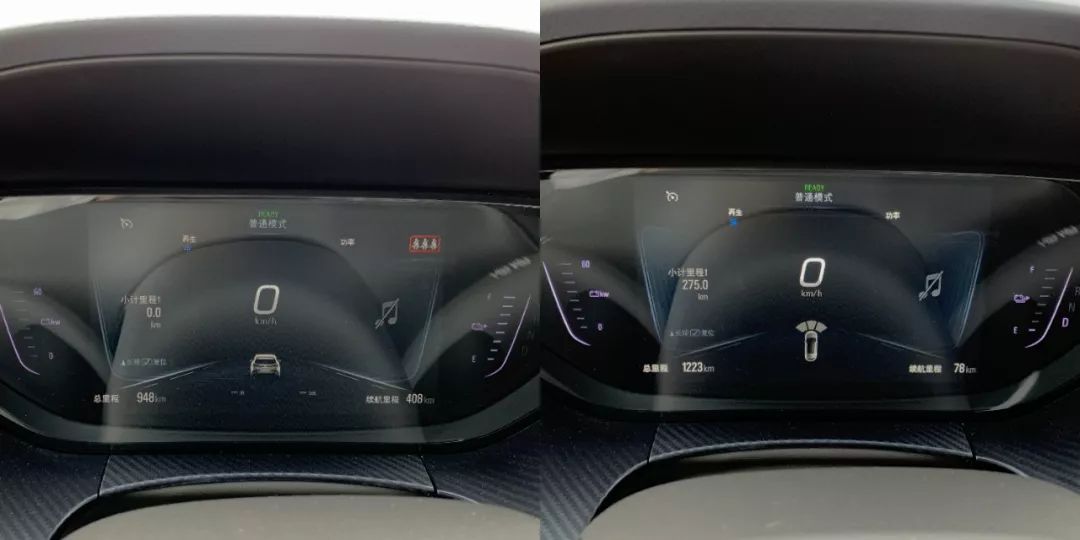
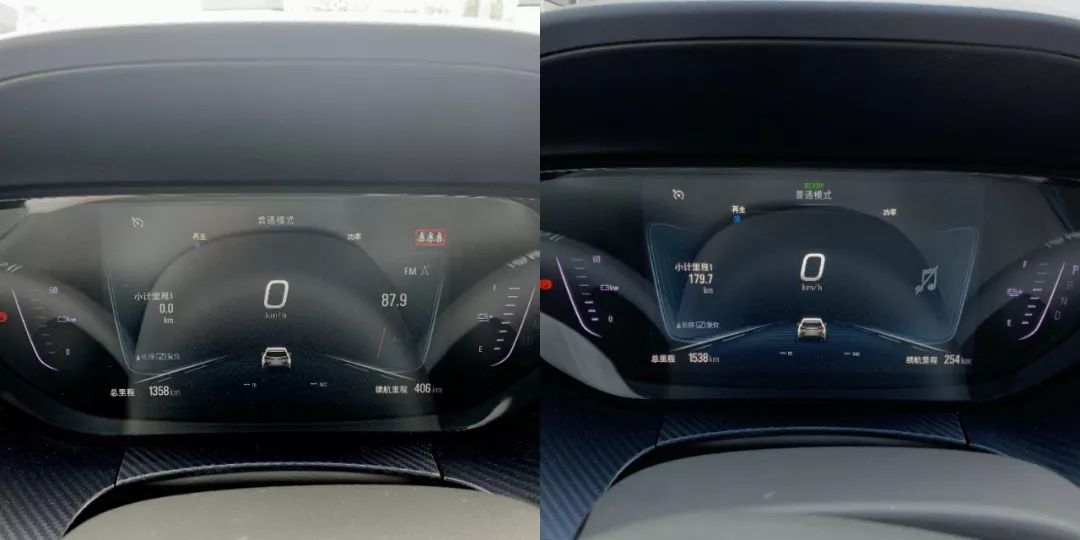
Let me describe the testing process first. If you’re not interested, you can scroll down to the conclusions and the next part.
For the high-speed test, we fully charged the vehicle at the Yangchenghu Service Area in Suzhou and got a displayed range of 408 km. We then headed south towards Nanjing with an outdoor temperature of 26 ℃ and air conditioning temperature set at 22 ℃. We drove at a speed limit of 120 km/h on the Beijing-Shanghai Expressway and turned around at the Danyang East Toll Station, then returned to the Yangchenghu Service Area after driving 275 km. The remaining range was 78 km, and the power consumption ratio was 1:1.2.

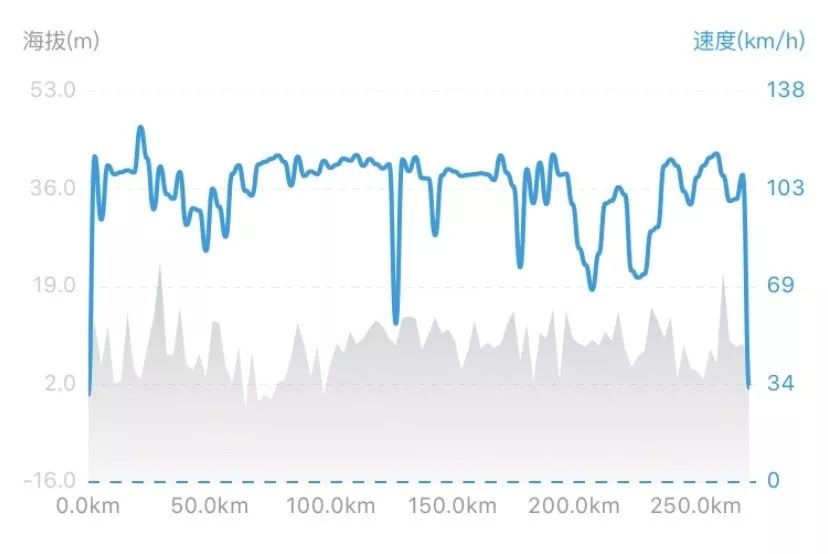
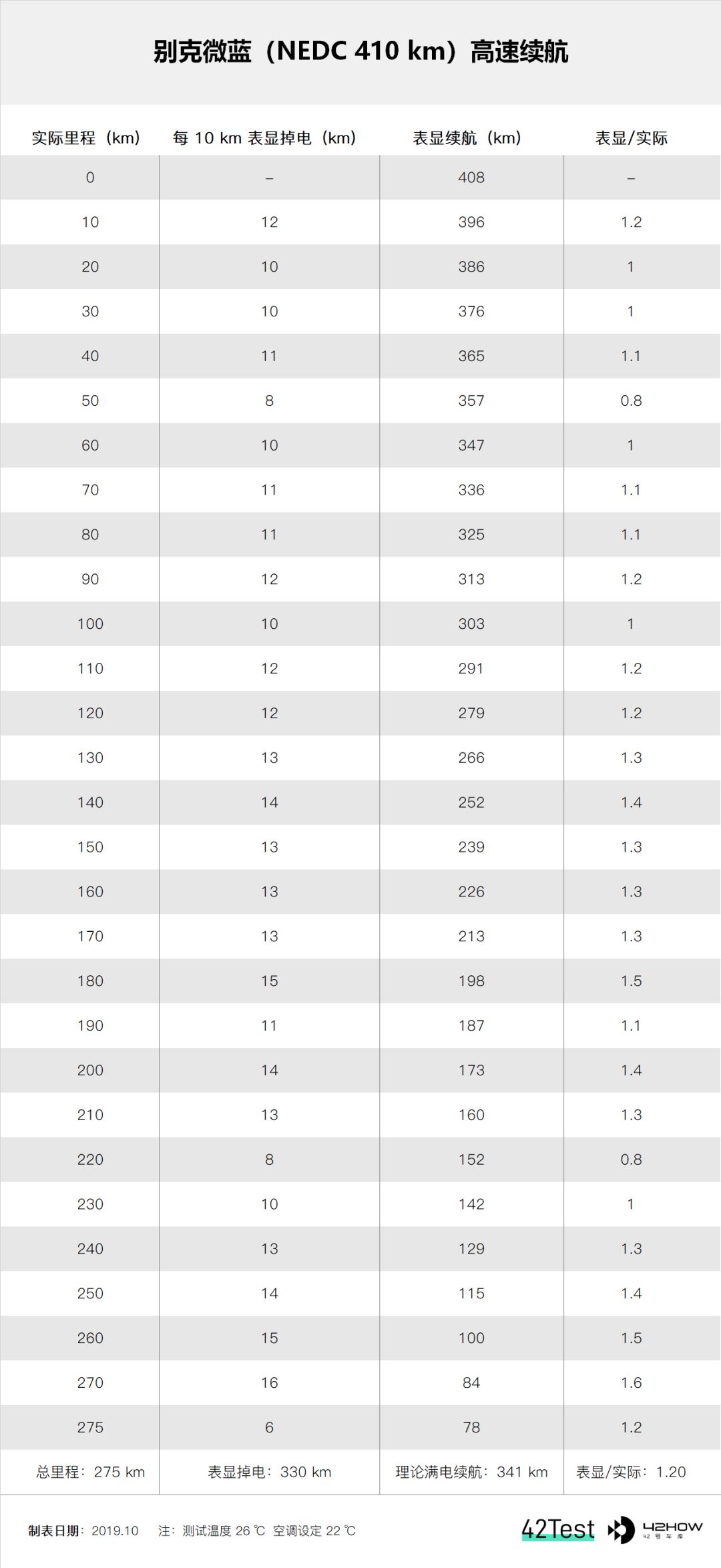
For the city test, we fully charged the vehicle near the National Exhibition and Convention Center in Shanghai. We drove around the outer ring road for about 105 km and then moved onto the ground road, choosing a relatively congested road with more traffic lights in Shanghai for a total of 75 km. The proportion between the outer ring road and the ground road was about 1:1.4, which is what we think is more in line with the practical road condition proportion for daily driving.
During the test, the outdoor temperature was 26 ℃, and the air conditioning temperature was set at 20 ℃. We got a displayed range of 406 km when we set off, and after driving 179.7 km, the remaining range was 254 km, and the power consumption ratio was 1:0.85.
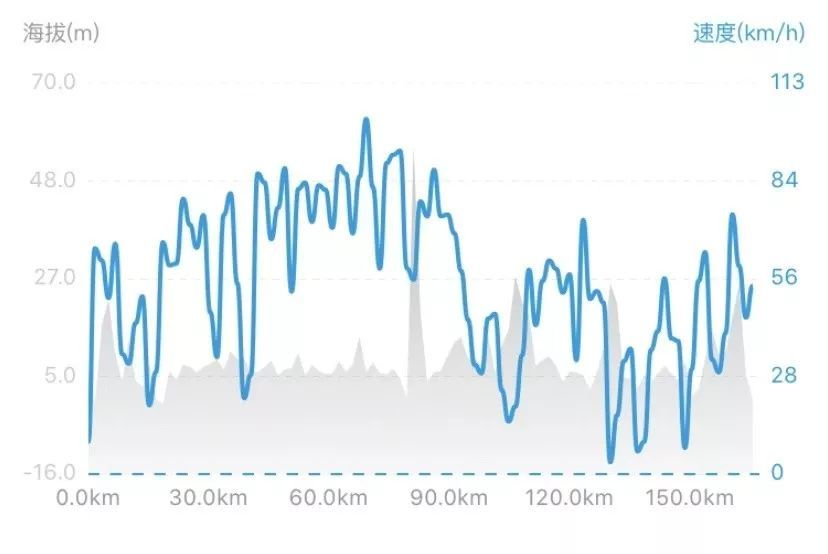
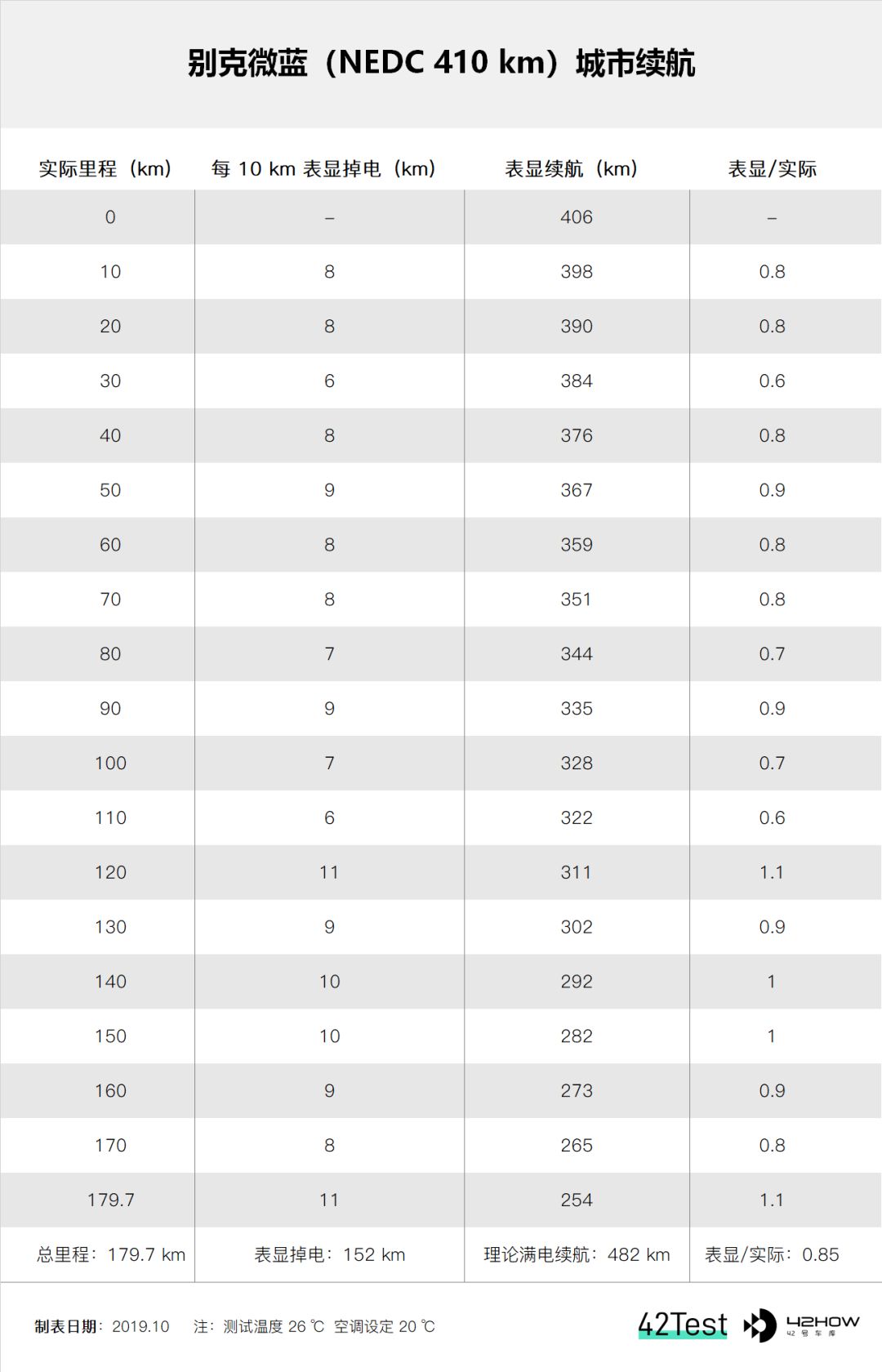
Summary of test results:
The high-speed range of the Buick Velite 7 is 341 km, although there is a certain gap between the NEDC range, the power-off ratio is also very good compared to the models we tested. The urban range is 482 km, which exceeds the nominal 410 km of NEDC and reaches the current mainstream level of electric vehicles.
If the road condition ratio of 50% urban and 50% high-speed is used to calculate, the comprehensive range level of the Velite 7 can also reach 400+ km, which is close to the level of NEDC. Even if there is a demand for suburban travel on weekends, it can be satisfied.
For the owners of this car, more importantly, it is used for city commuting, so a solid urban range is very important. The Buick Velite 7 has achieved this, and its high-speed range ability is also excellent, so it passes the range test. Then let’s take a look at charging.
Although most of the time, friends who buy this car will use home charging piles for energy supplement, the speed of fast charging is also very important. It belongs to the ability that is not used frequently but must be possessed at all times. Moreover, if some friends do not have home charging conditions, the speed of fast charging is even more important.
As for the performance of the Buick Velite 7 in fast charging, it is outstanding!
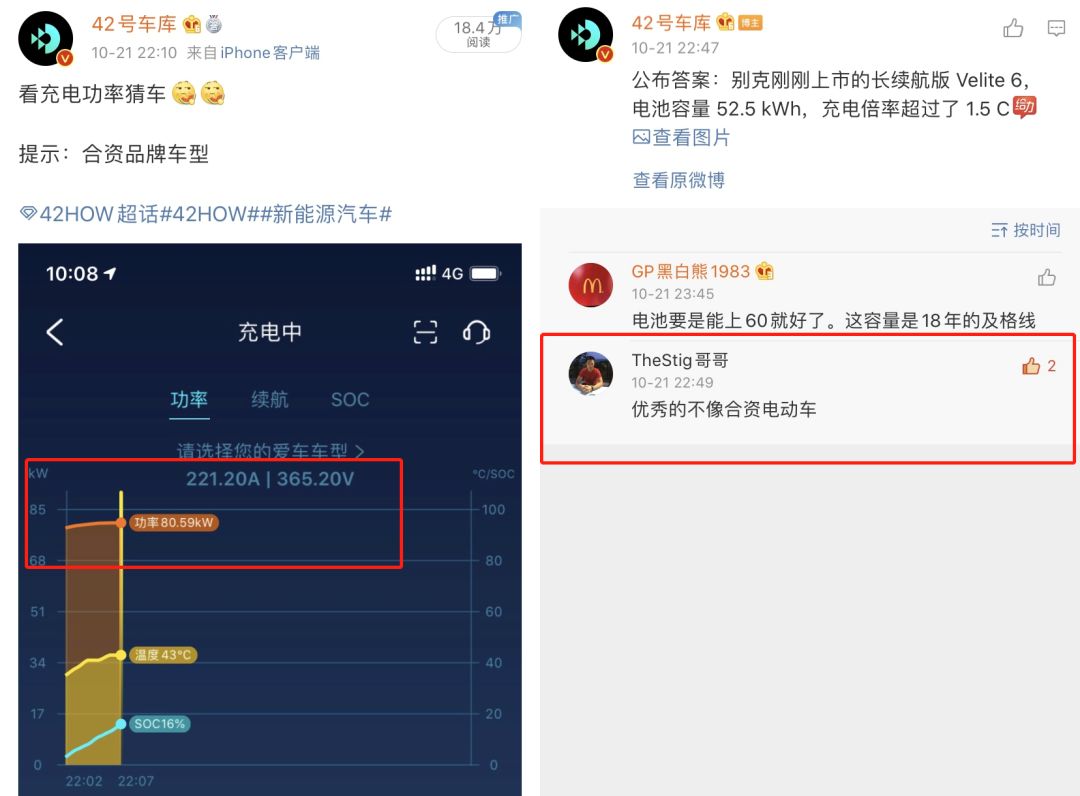
Through our actual tests, the peak charging power of Buick Velite 7 can reach 80 kW, and the peak charging power can be maintained from 0% power to 40%, and it drops to about 60 kW after 50%, and the charging power can be maintained above 50 kW until before the 80% power.
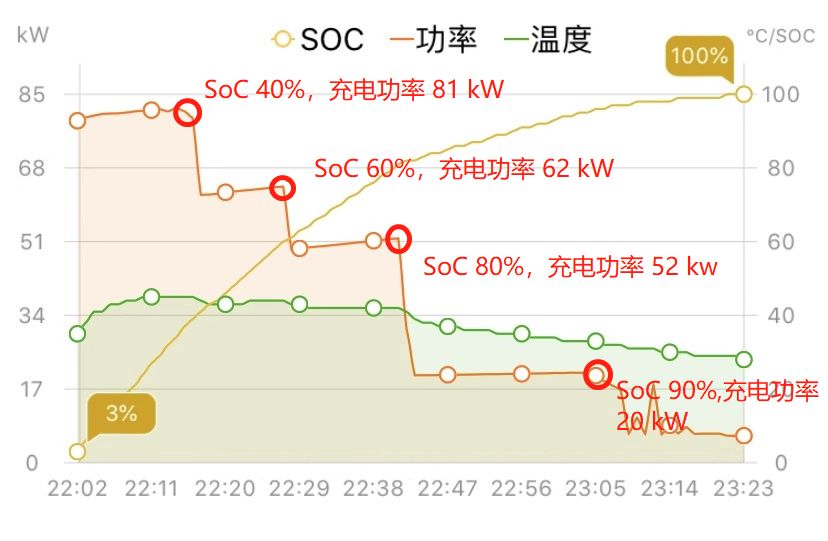 The Buick VELITE 6 can be charged from 0% to 80% in just 38 minutes, and the most commonly used charging interval from 10% to 90% only takes 49 minutes.
The Buick VELITE 6 can be charged from 0% to 80% in just 38 minutes, and the most commonly used charging interval from 10% to 90% only takes 49 minutes.
The 80 kW power corresponds to a battery charging rate of 1.5 C. The peak charging power of other models using a 52-degree battery pack can only reach 60 kW. Behind the achievement of high-power charging is the optimization of the battery management system and thermal management by the manufacturer, which benefits car owners the most by saving time.
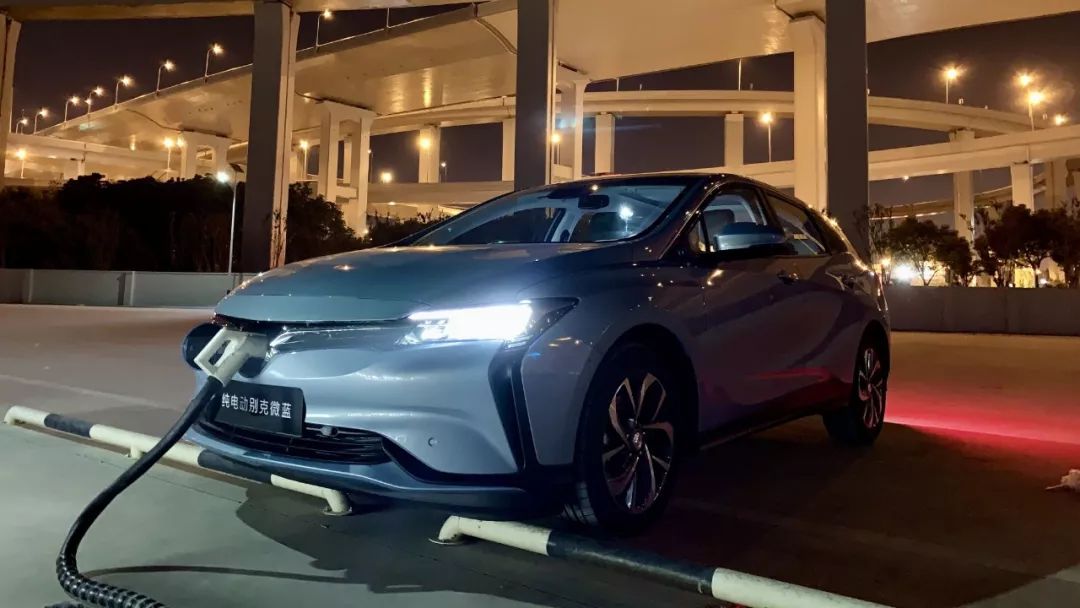
The most critical features of an electric car are its range and charging speed, and the Buick VELITE 6 demonstrates the qualities that joint venture brands should have. Now, let’s take a look at the driving experience.
Various Driving Styles and Solid Chassis Performance
Regarding the driving experience, the Buick VELITE 6 demonstrates the solid capabilities of SAIC-GM, an old-fashioned carmaker. The calibration of the steering and suspension of the chassis leans more toward comfort. I’ll focus on two aspects that are different from gasoline vehicles and tend to raise concerns among many friends before they choose an electric car.
Firstly, how about the acceleration?
The VELITE 6’s power is supplied by a 110 kW permanent magnet synchronous motor with a maximum output torque of 350 N·m, which is quite an improvement compared to the 85 kW of the older version. The power level is equivalent to a 2.0T engine.
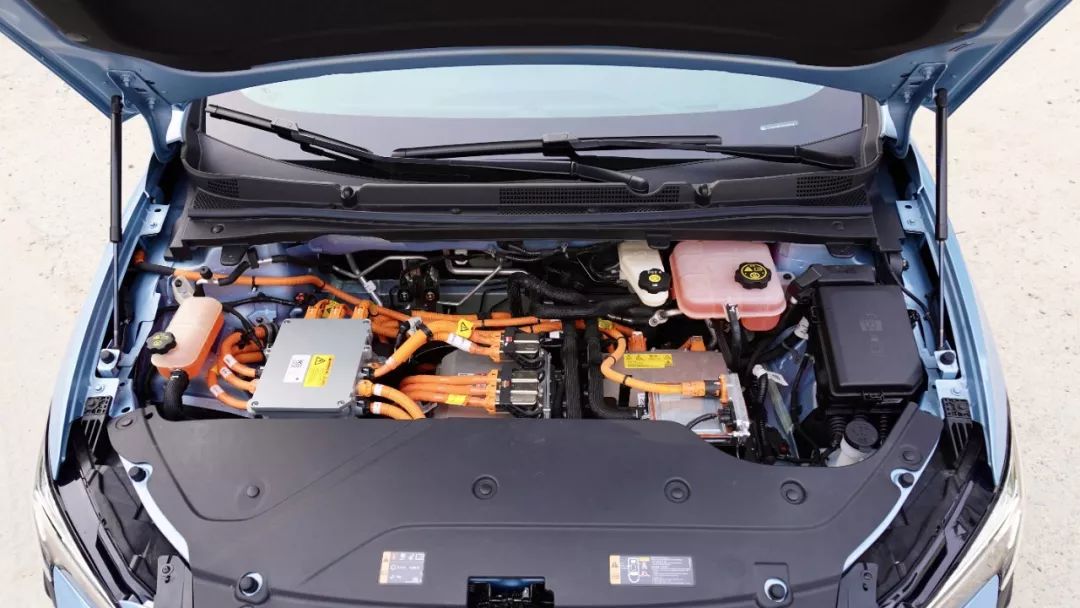
There are three driving modes for the Buick VELITE 6. The initial stage of the accelerator pedal tuning is relatively gentle, so it won’t surge. The biggest difference lies in the output of the accelerator pedal’s later stage. Since the electric car has no transmission gearbox, the overall acceleration feeling is very smooth, and the driving experience is superior to gasoline vehicles. Moreover, since the VELITE 6’s acceleration curve is tuned more gently, the energy consumption of urban driving is also well-controlled.
Secondly, does this car have regenerative braking? What form does regenerative braking take, and how easy is it to accept?
For friends who are used to gasoline cars, it’s challenging and difficult to accept the drag caused by regenerative braking when lifting the accelerator pedal. However, everyone doesn’t need to worry about this issue with the Buick VELITE 6.
The VELITE 6’s regenerative braking can be adjusted in three modes: light, medium, and strong. For friends who are used to using regenerative braking, you can increase the recapture intensity to the maximum level. In strong mode, you can achieve single-pedal operation by controlling a single accelerator pedal.
For friends who are not used to regenerative braking, you can set the regenerative braking intensity to the lowest level. In light mode, lifting the accelerator pedal has no significant drag feeling, and you can drive according to the habits of a gasoline vehicle.The advantage of Buick Weilan is that while retaining the driving mode of fuel-powered cars, it achieves kinetic energy recovery. Under any kinetic energy recovery force, the electric braking (kinetic energy recovery) will be given priority when stepping on the brake pedal. Only when the vehicle speed is below 10 km/h, the mechanical braking will be used. The entire braking process completely feels no switching between the two, and the braking feeling is also very good.
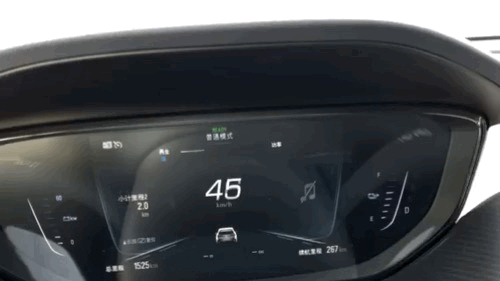
Pay attention to the kinetic energy recovery progress bar.
Here I see the solid calibration ability of traditional car companies. After all, many car-making new forces cannot even tune the braking feel of mechanical braking, let alone the calibration of electric and mechanical braking in series.
The benefits of this have been reflected in the endurance part above, maximizing the recovery energy can effectively improve the endurance ability.
Configuration is Thick and Thin, Safety is the Priority
The basic configuration is not mentioned again, keyless entry, keyless start, seat heating, panoramic sunroof, automatic parking, and so on all exist. If the main and co-driver seats can be changed to fully electric adjustable seats, it would be better.
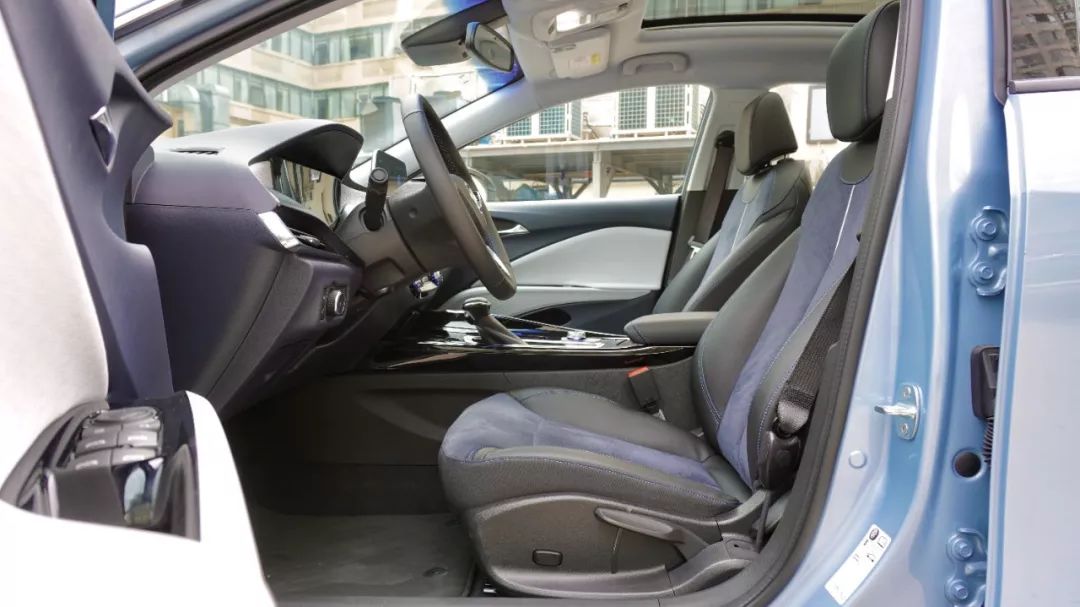
I will focus on the intelligent configuration and safety issues.
Entering the interior of Buick Weilan is not much different from entering a regular Buick model. All buttons are in familiar positions, and there are no physical buttons canceled in a very radical way. However, the central control screen has become larger, and the instrument panel has also become a liquid crystal screen.
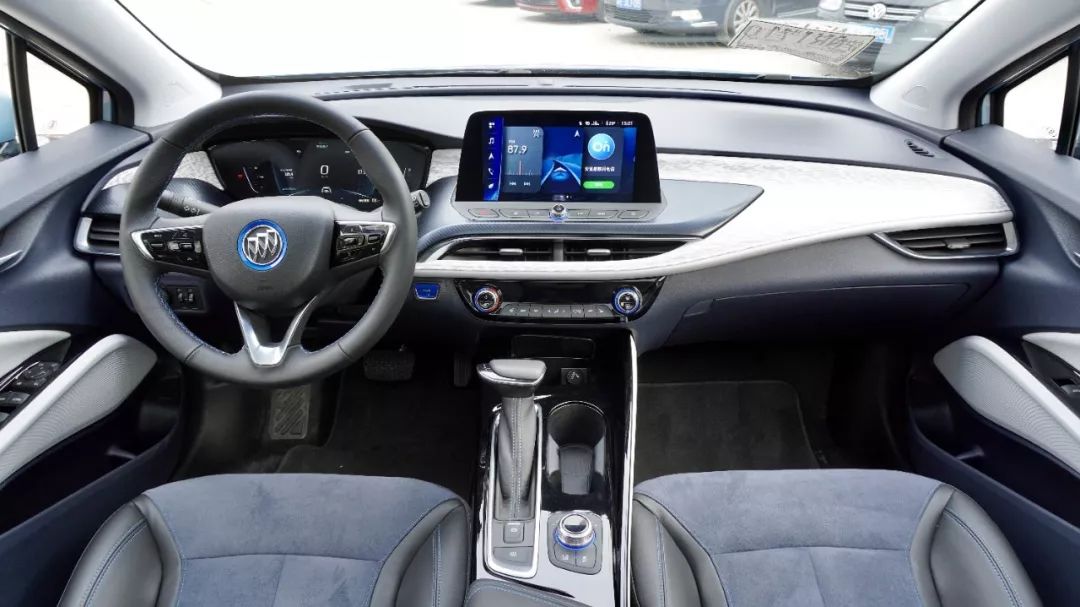
This kind of change is a more acceptable form for most car owners. If a large screen + touch design is used, without good UI and UX design support, it cannot directly enhance user experience. It is better to use physical buttons, and Buick Weilan follows this route.
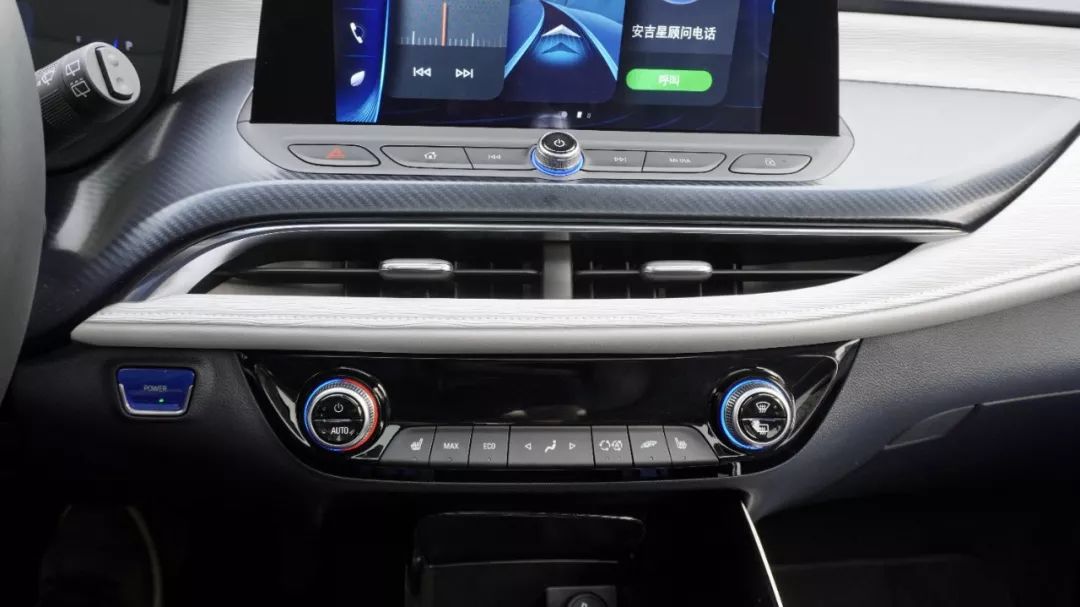
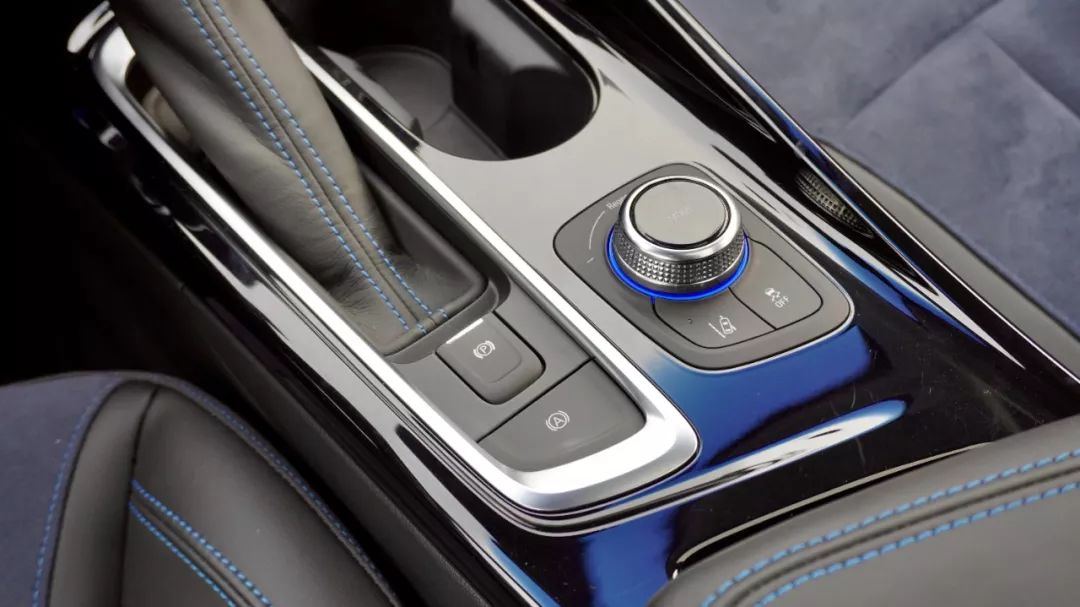
The Buick NIO is equipped with eConnect 2.0 system, which supports the CarNavi and NetEase Cloud Music apps, capable of meeting the navigation and music needs of most drivers. Of course, if you’re not accustomed to using the built-in navigation and music features, the Buick NIO’s system also supports CarPlay and CarLife, which can meet the needs of most car owners.
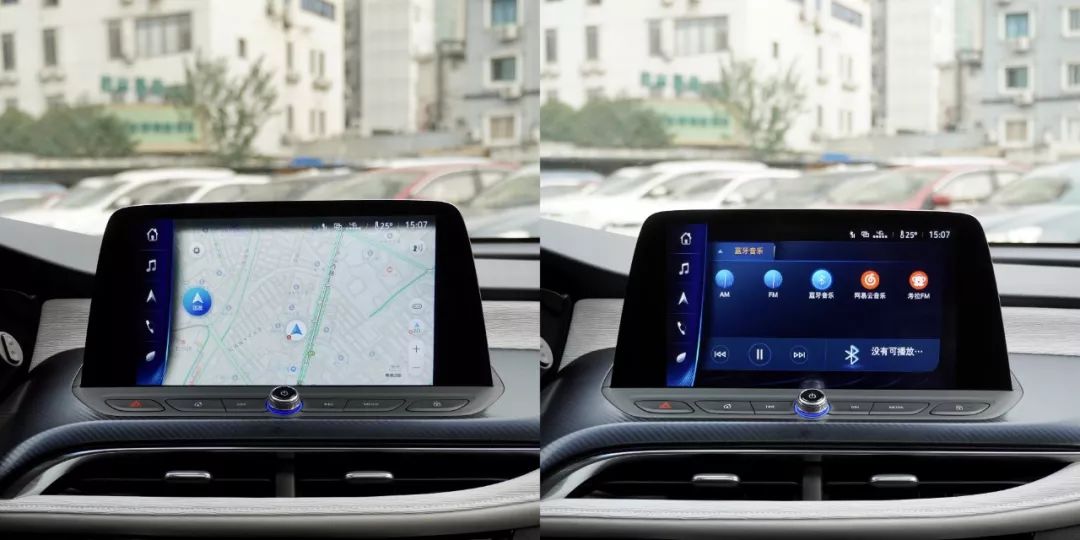
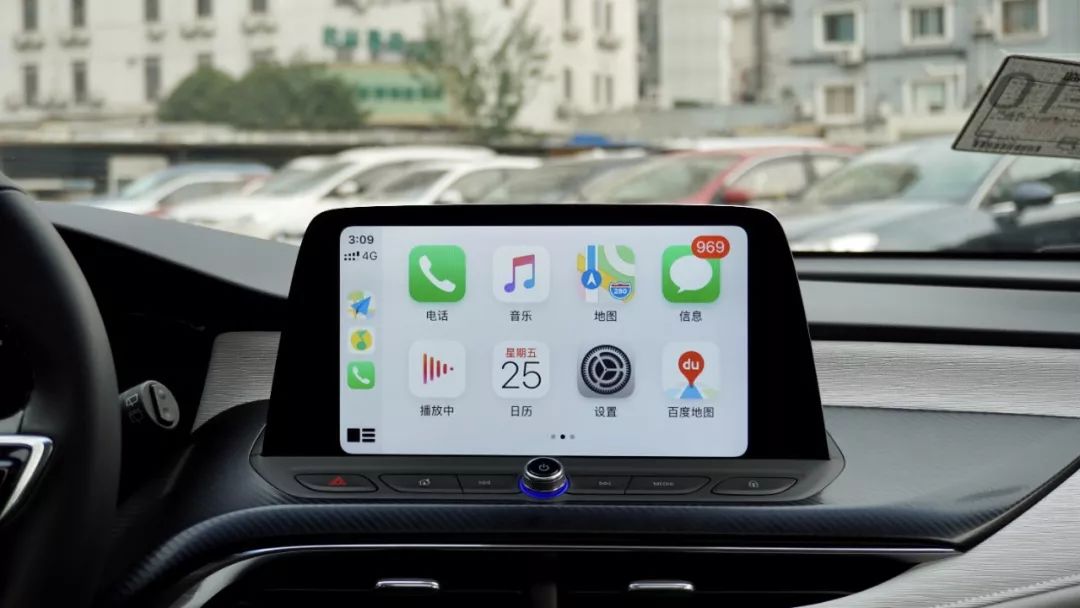
What surprised me even more, however, is that the Buick NIO can also be remotely connected via the OnStar app. Through the app, you not only can see the vehicle’s location and remaining battery range, but you can also control the air conditioning, power windows, and more. It’s worth noting that the Buick NIO also supports Bluetooth smart key.
While it’s still necessary to take out your phone every time you use it, making it not quite as seamless, this is still a “you have it, I don’t” feature. I hope that after continuous iteration in the future, it will become even more user-friendly.
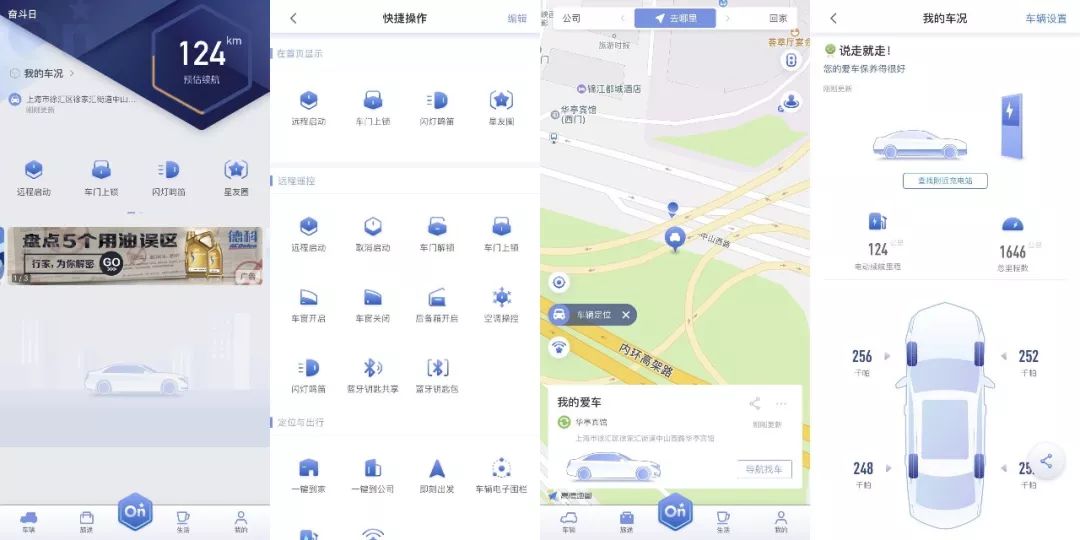
Overall, the above-mentioned features are all convenient and can improve the user’s experience, which are brought by the intelligent and networked nature of the vehicle.
Next, let’s talk about safety.
Safety is one of the most important aspects for electric vehicles, while it is not emphasized as much on gasoline vehicles. The Buick NIO’s driving key subsystems and high-voltage systems both achieve ASIL D, the highest level of system safety, which is even more comprehensive than the functional safety of ASIL D, and through triple security measures, the probability of system failure is very low.
In addition, the Buick NIO’s battery pack meets the highest industry standards in terms of cell formulation, specifications, packaging, and protection. Gel-like materials (thermal insulation, flame retardant) with advanced aerospace technology are used between the cells, and high-performance composite insulation materials are used between the modules and inside the battery pack casing, achieving triple protection for cell, module, and casing levels.
Moreover, the Buick NIO’s battery pack has passed seven extreme safety tests: penetration, compression, immersion, flame, overcharge, over-discharge, and short circuit, as well as 13 types of extreme challenges, including over-temperature, collision, vibration, temperature shock, humidity-heat shock, and salt spray, achieving an IP67 rating. It has also undergone targeted safety design verification for the battery pack, with stable safety shown by both rail, drop, and lateral pillar impact tests, which are higher than regulatory requirements, conducted by SAIC-GM.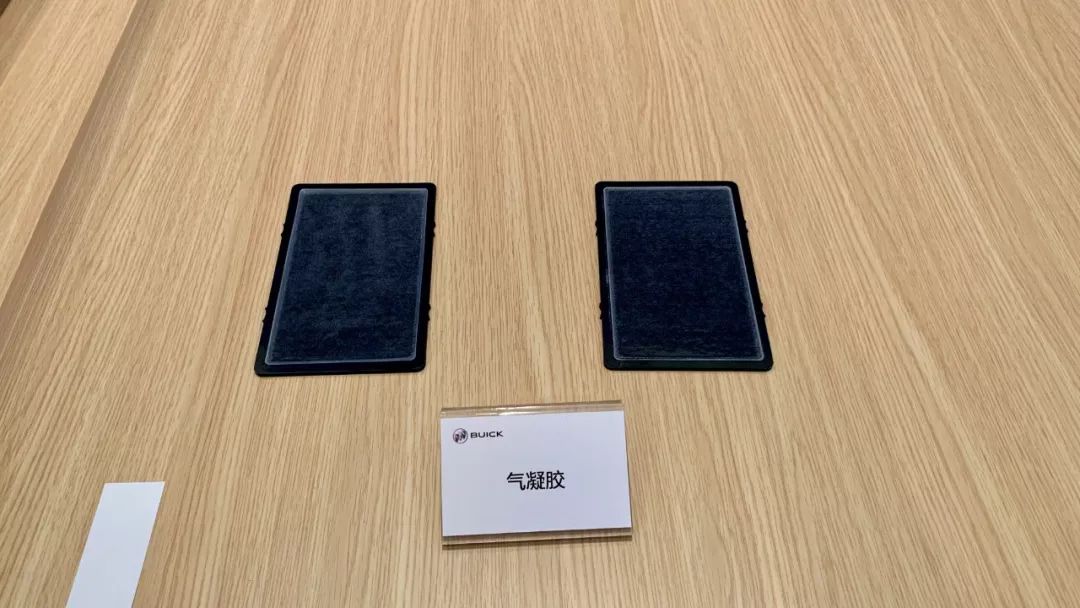
Here are some more photos of the appearance and interior of the Buick Weilang for you to appreciate.
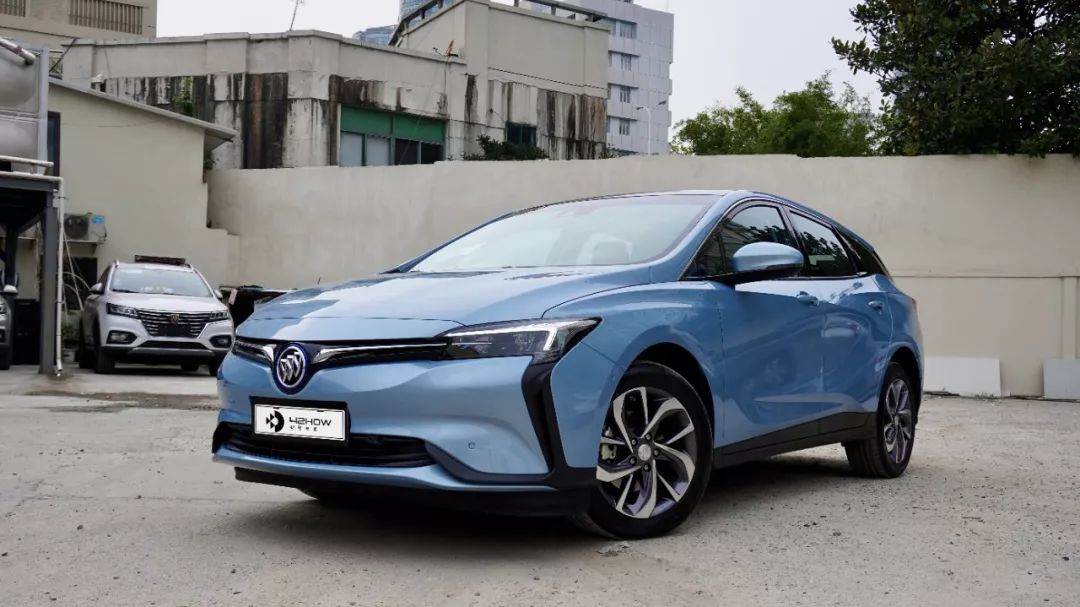
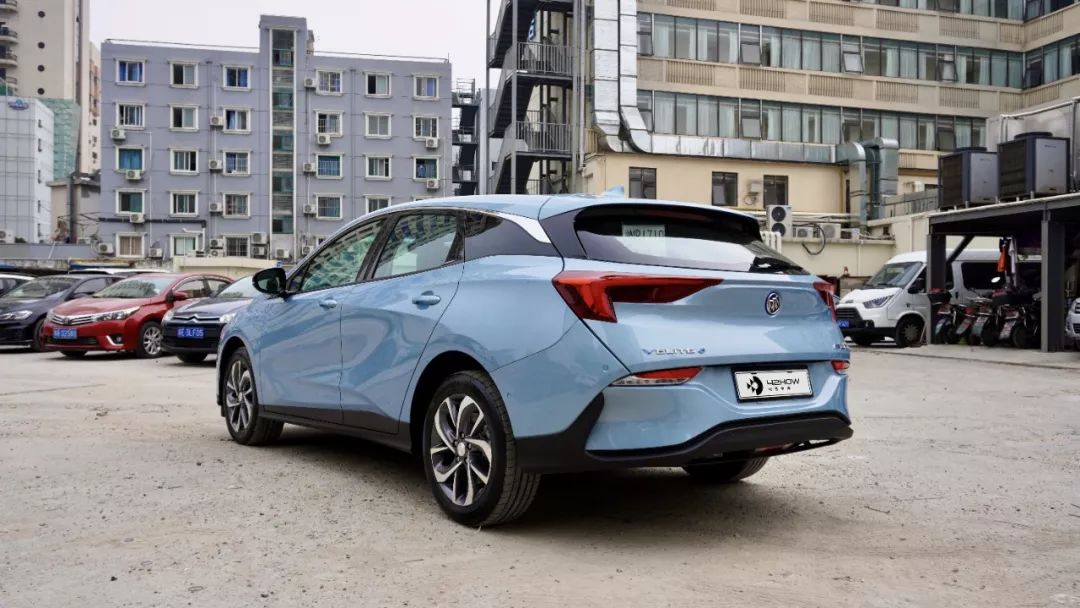
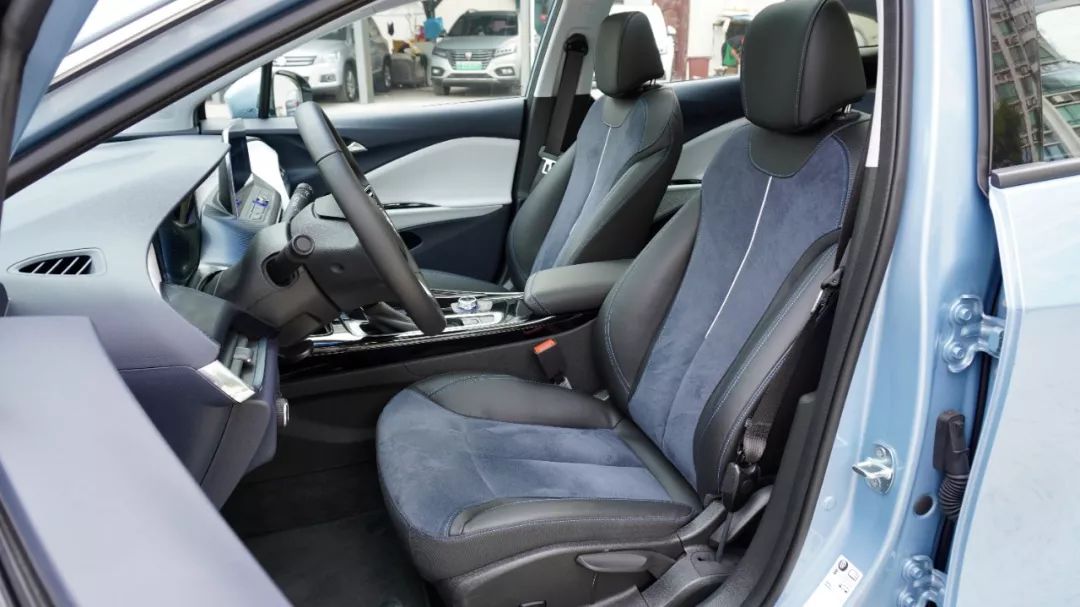
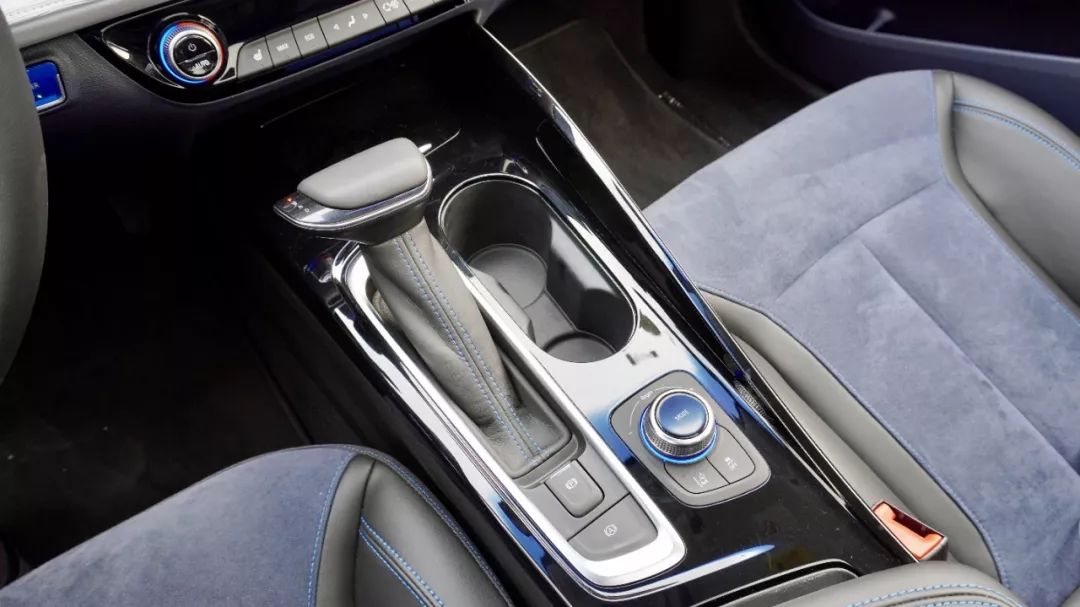
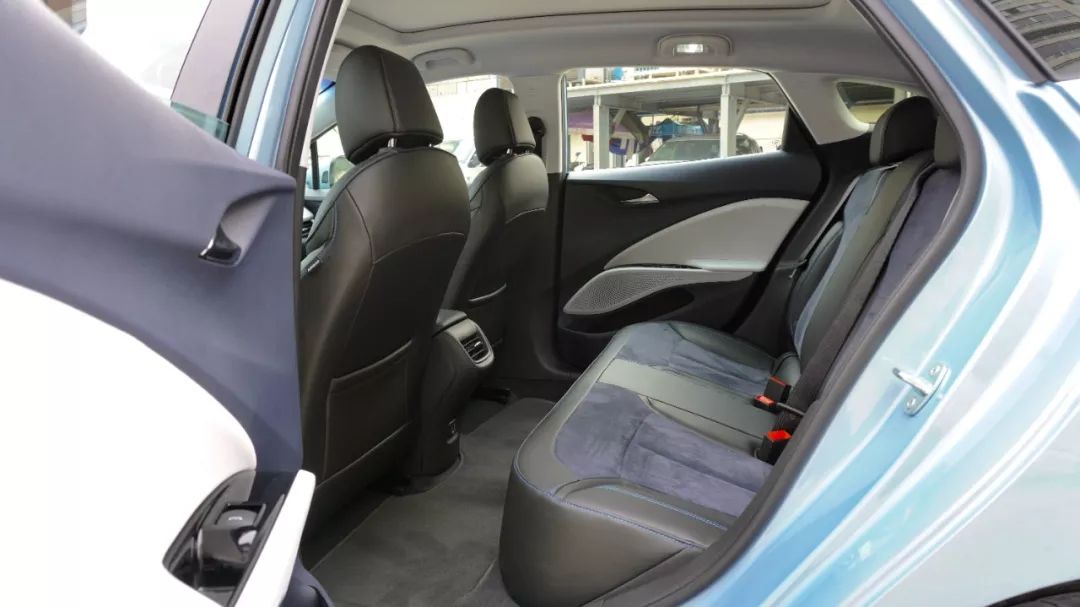
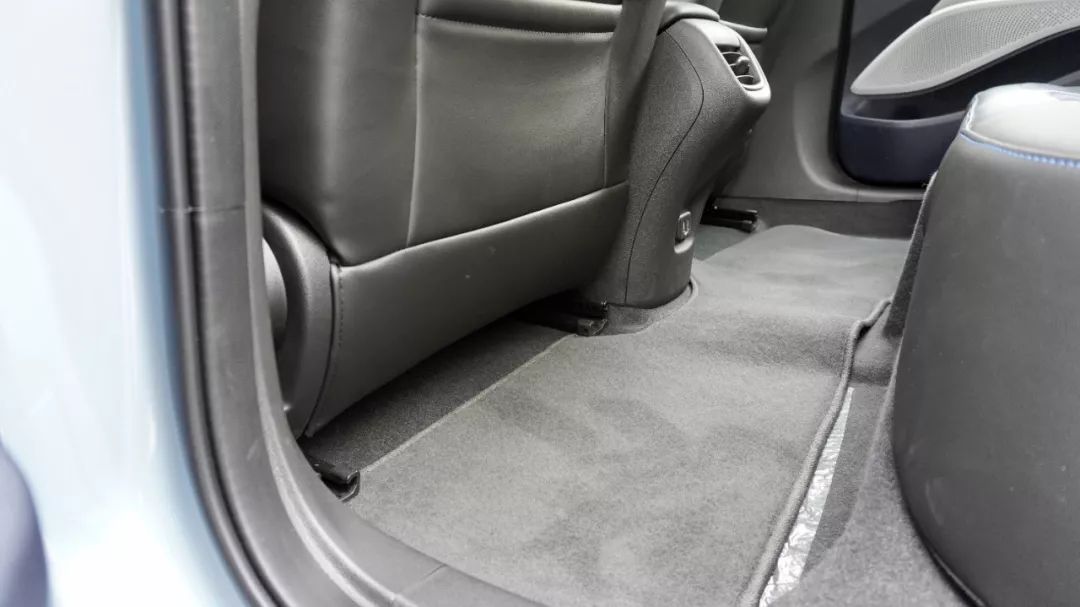
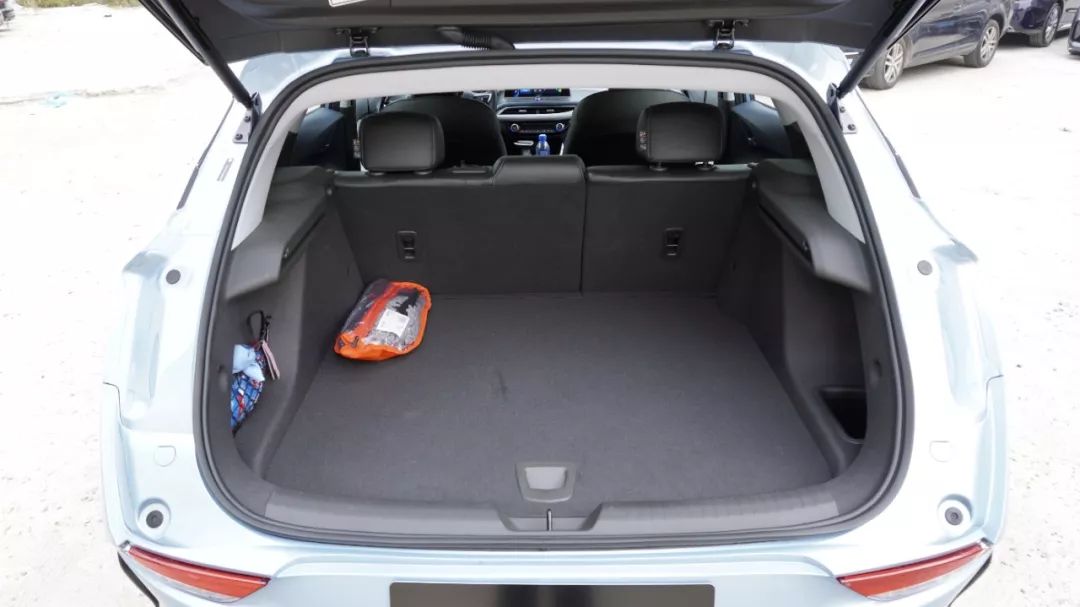
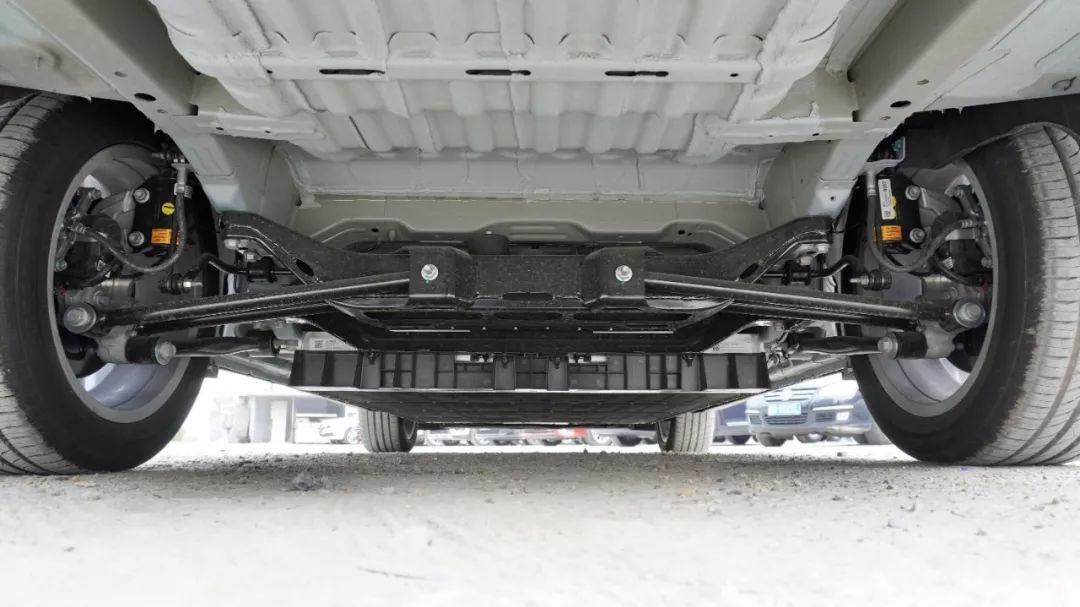
Although the Buick Weilang may not boast extraordinary driving range figures or a highly advanced infotainment system, it does offer a decent driving experience, solid range, reliable safety, and a infotainment system that meets most drivers’ needs. This is the answer from a joint venture brand, are you satisfied?



This article is a translation by ChatGPT of a Chinese report from 42HOW. If you have any questions about it, please email bd@42how.com.
